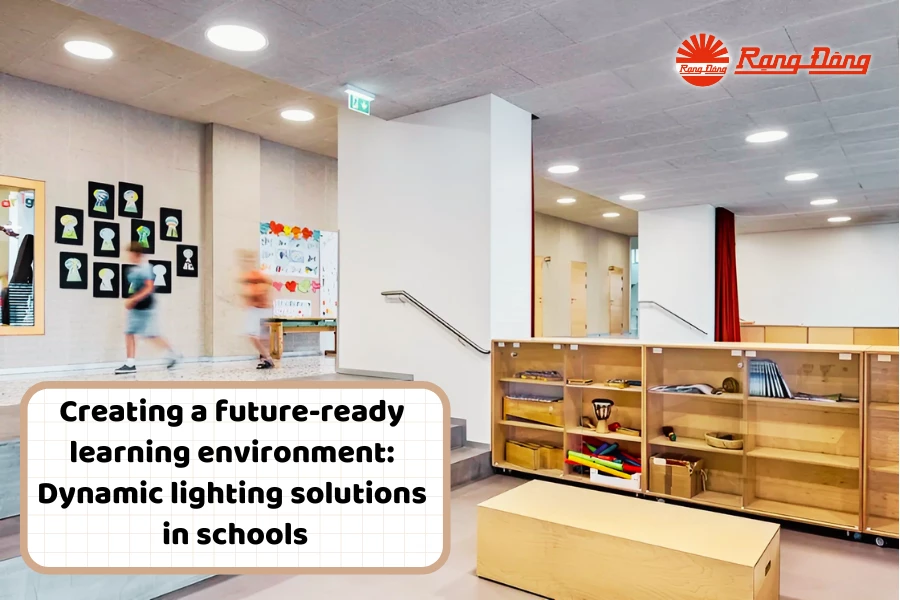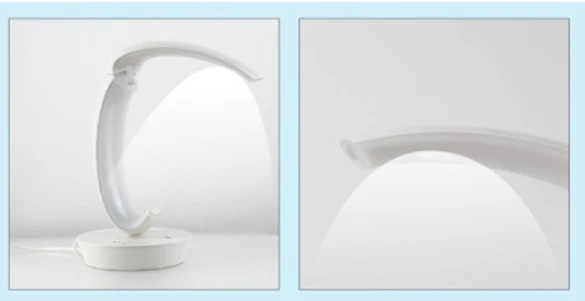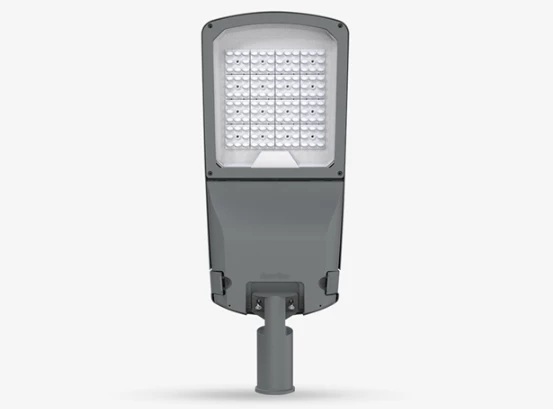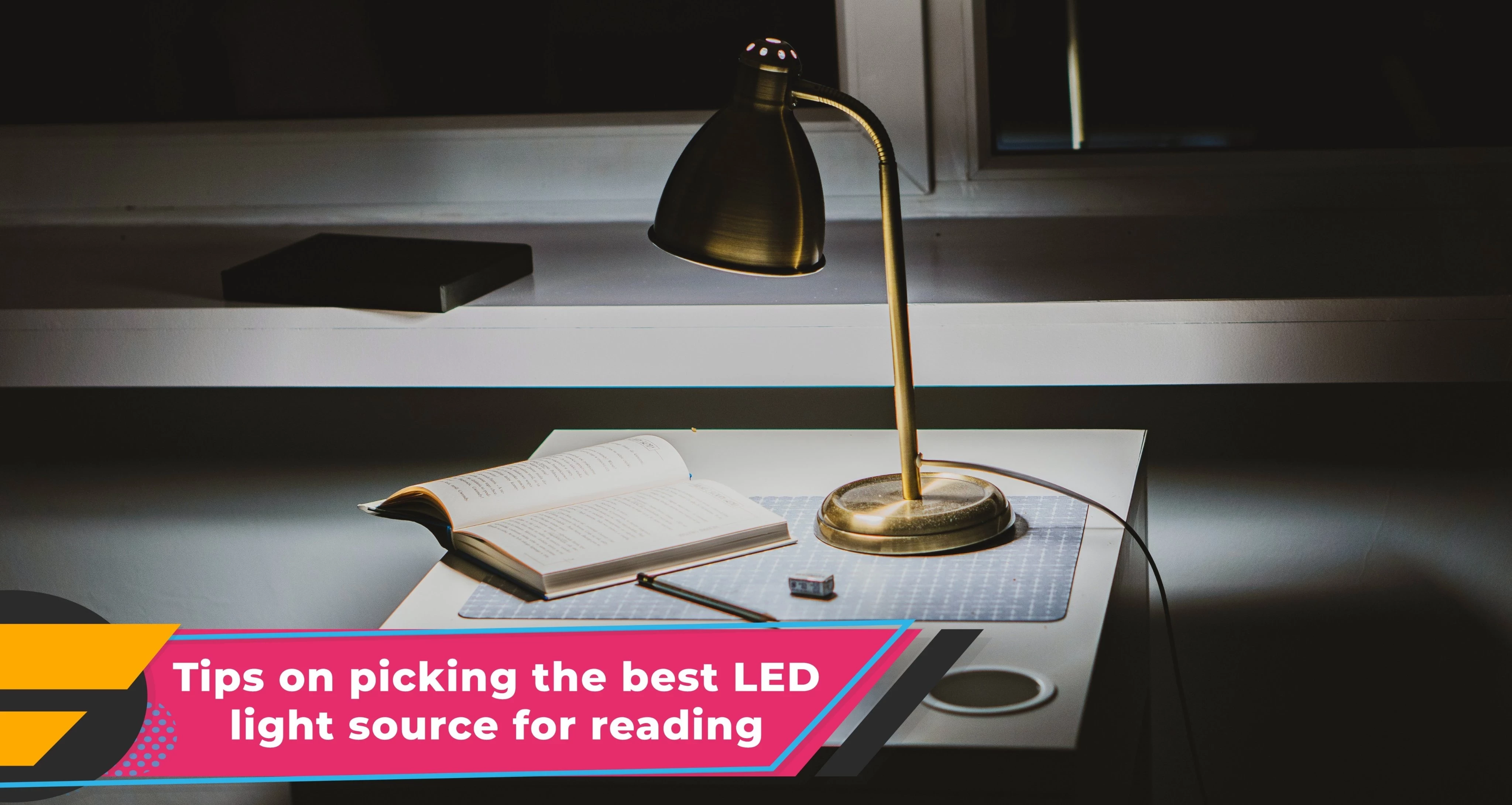
Smart Lighting Transforms School Energy Use, Boosts Learning
Imagine a classroom where lights adjust automatically based on the time of day, the number of students present, or even the level of natural sunlight streaming in. This futuristic concept is already in our reality if smart and sustainable lighting systems are in place to optimize energy use while improving the learning environment.
For decades, schools have relied on outdated fluorescent lighting, which drains energy, strains students’ eyes and offers little adaptability. The emergence of LED and smart lighting solutions has brought in changes, turning classrooms into a more energy-efficient, comfortable and conducive to learning place. Let’s see how schools can benefit from the installation of smart lighting systems.
Schools consume a significant amount of electricity, of which a large portion goes to the lighting system. Traditional fluorescent bulbs not only waste the energy by operating at full brightness even when not needed, but also have flickers and glares, which cause eye strain and headaches to students.
Besides, these bulbs have a short lifespan so frequent replacements and increasing maintenance costs are needed. In contrast, smart LED lighting systems adapt to the needs of students and teachers, offering dynamic control that enhances both focus and energy savings.
How Smart Lighting Improves Classrooms
A well-lit classroom improves student’s concentration, their mood and the overall performance. The application of smart lighting technology can bring the following advantages to schools.
Reduced Energy Consumption
LED lights use up to 50% less energy than traditional bulbs.
Built-in motion sensors keep lights only on when the room is occupied.
Daylight harvesting technology automatically adjusts brightness based on available natural light.
Student’s Well-Being Boosted
Exposure to cool white light (similar to daylight) enhances alertness, which is highly needed especially for morning classes.
As the light can change automatically, warmer tones in the afternoon promote relaxation and reduce eye fatigue.
The smart system can adjust dynamic lighting for different activities, from exams to creative group work.
Automation for Maximum Efficiency
Schools integrate IoT-based systems to remotely control and monitor energy usage.
In pre-programmed schedules, lights turn off after class hours, eliminating unnecessary waste.
Sustainable Investment
Switching to smart lighting is an investment in sustainability. LED fixtures last up to 50,000 hours so they can drastically reduce the need for replacements. Schools adopting this technology benefit from lower energy costs while their carbon footprint can be reduced, contributing to a greener future.
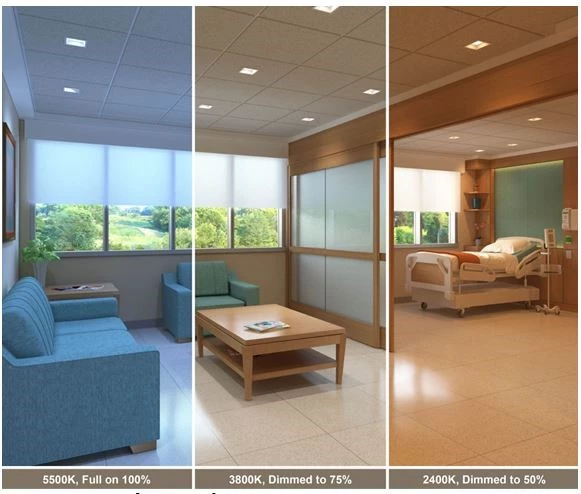 A smart lighting system helps meet illumination standard requirements in a classroom and creates an optimal learning environment while enhancing energy efficiency.
A smart lighting system helps meet illumination standard requirements in a classroom and creates an optimal learning environment while enhancing energy efficiency.
Smart Lighting in Classrooms
The shift to smart lighting starts with evaluating current lighting systems, replacing outdated bulbs with high-efficiency LEDs, and incorporating smart controls that adapt to real-time conditions. The result is a brighter, more energy-efficient and student-friendly learning environment.
The modernization of classrooms requires improvements in multiple aspects, including lighting. Smart lighting systems provide efficiency, comfort and sustainability, as they create a productive space for students and teachers alike.
Should you have any questions or request a quotation of Rang Dong products, please send us an email to: export@rangdong.com.vn.
Websites: en.rangdong.com.vn and vacuumflask.rangdong.com.vn



